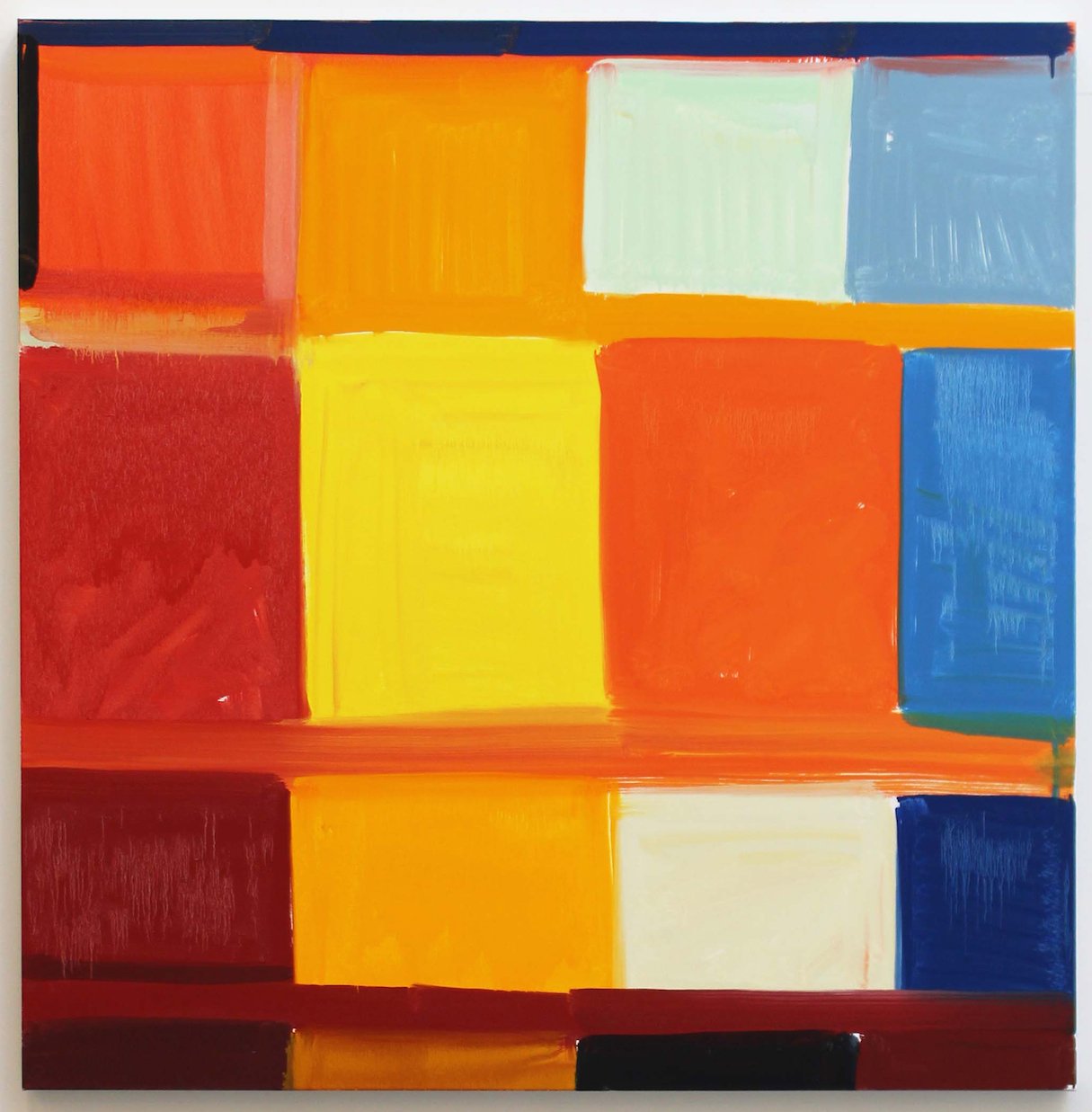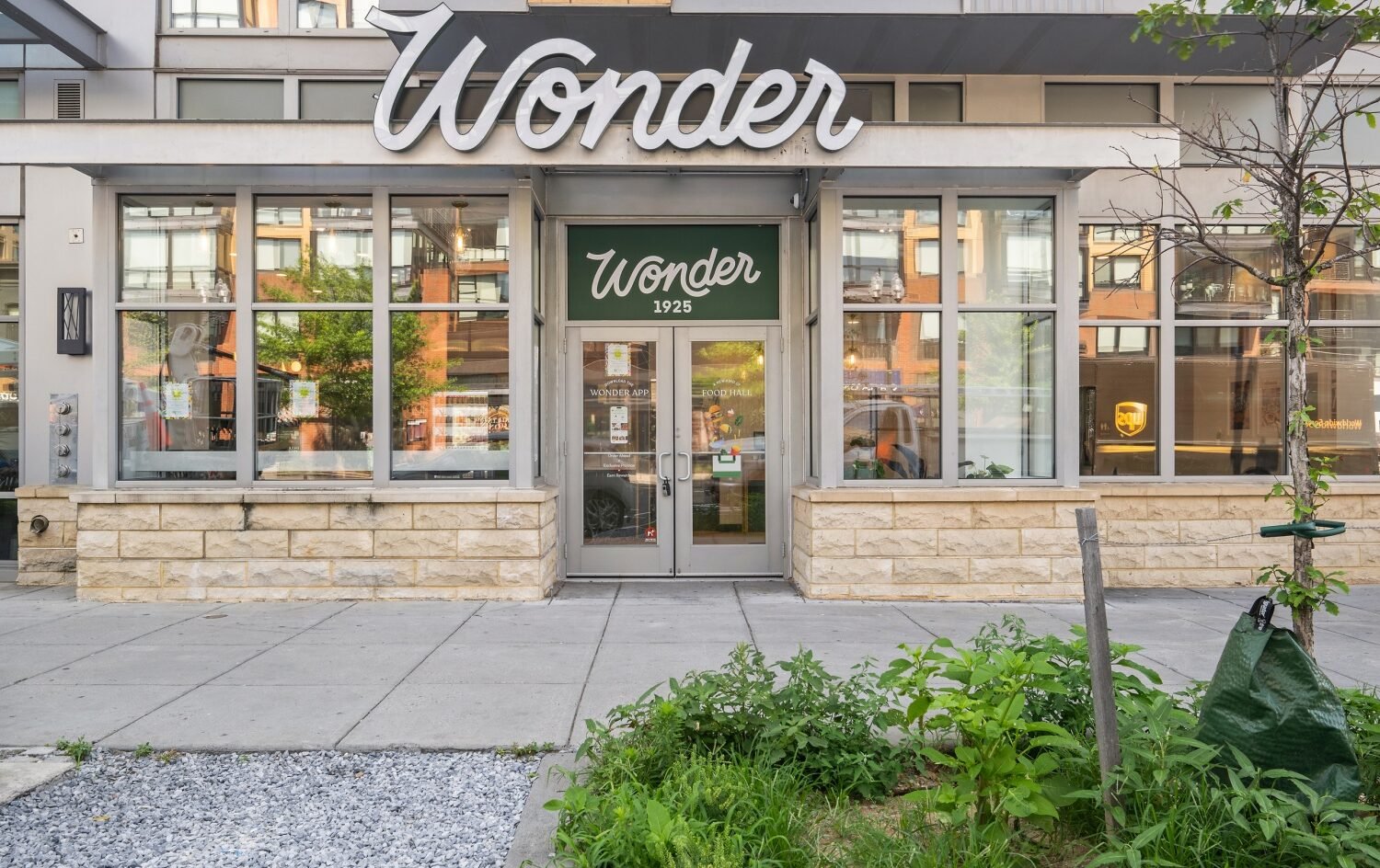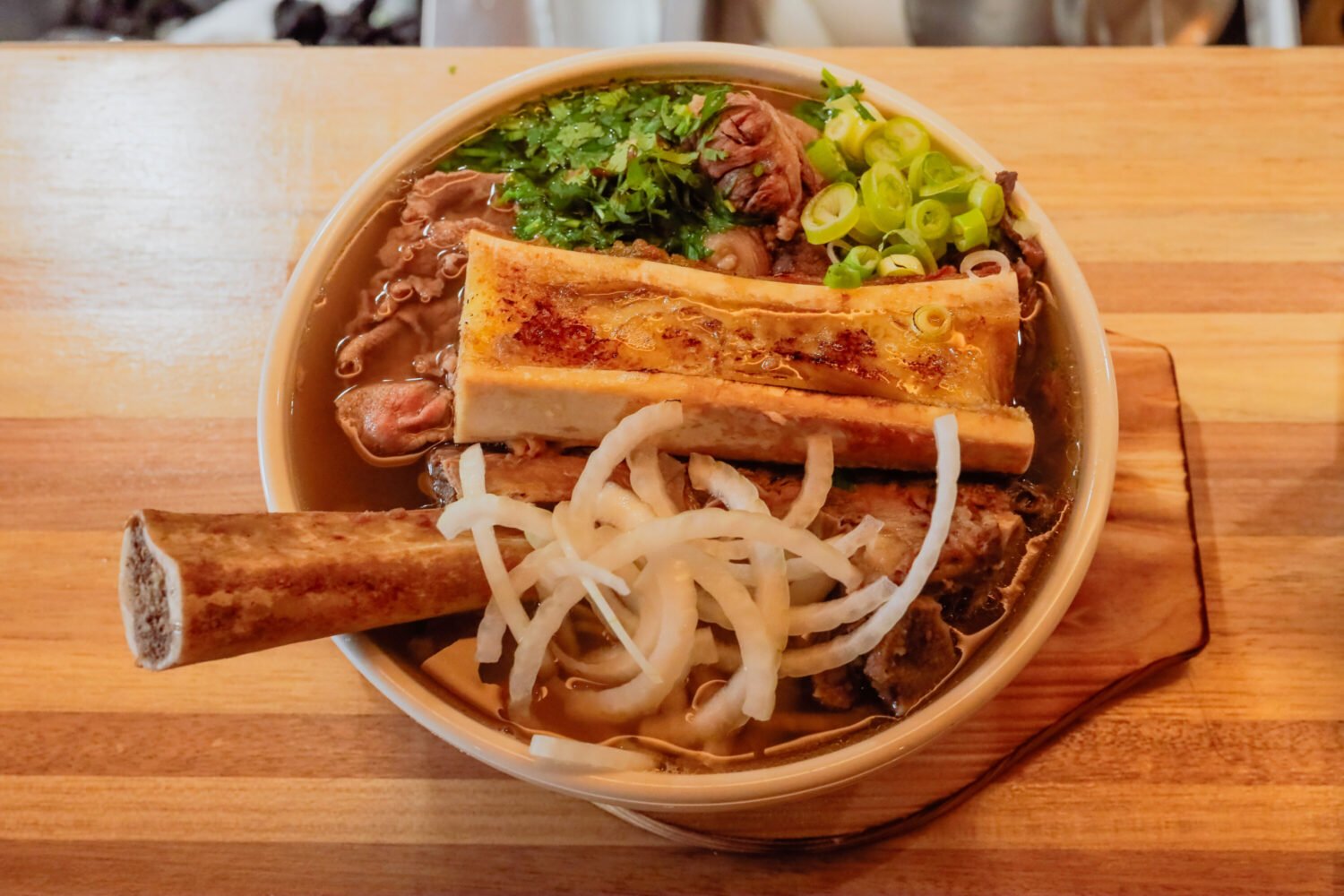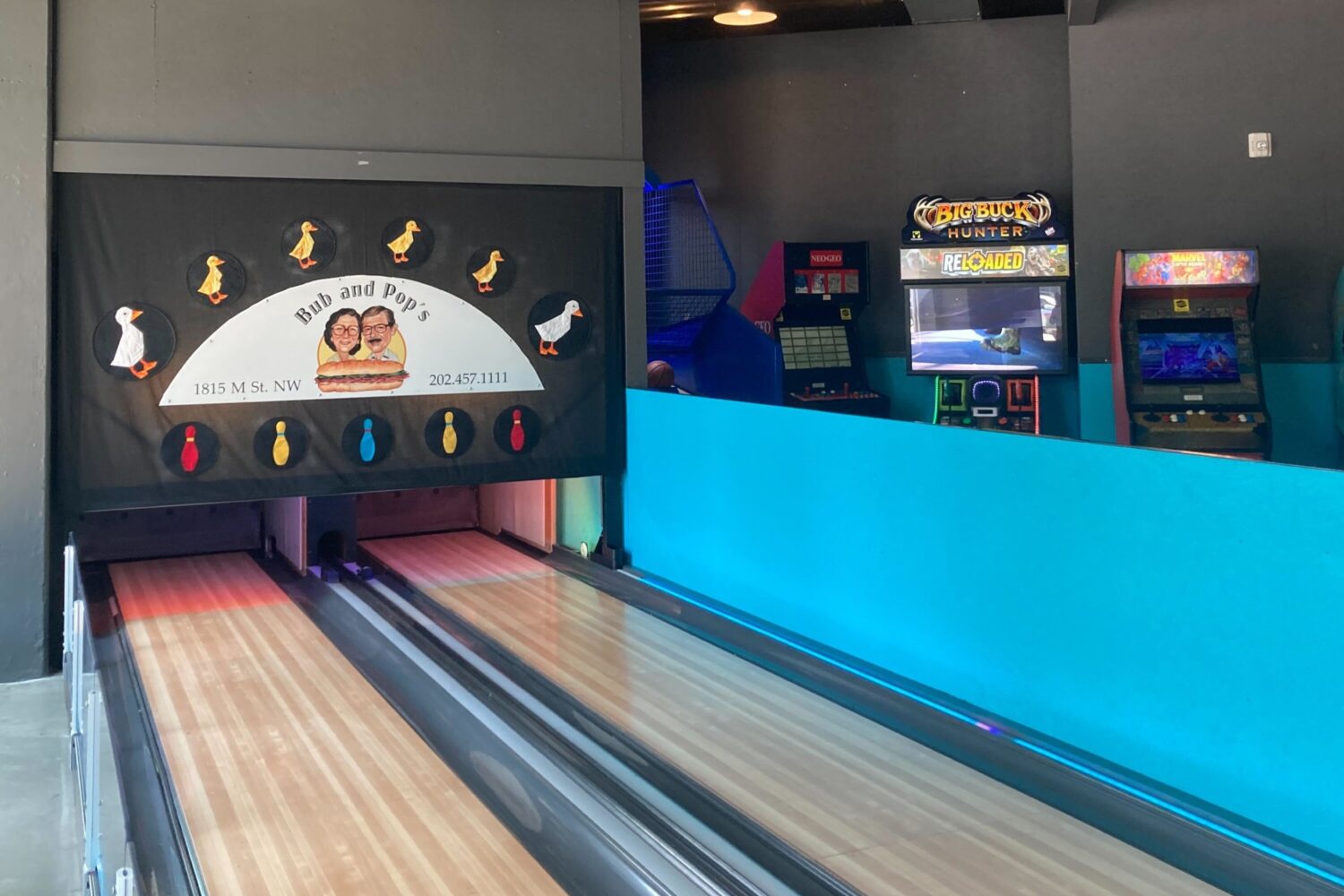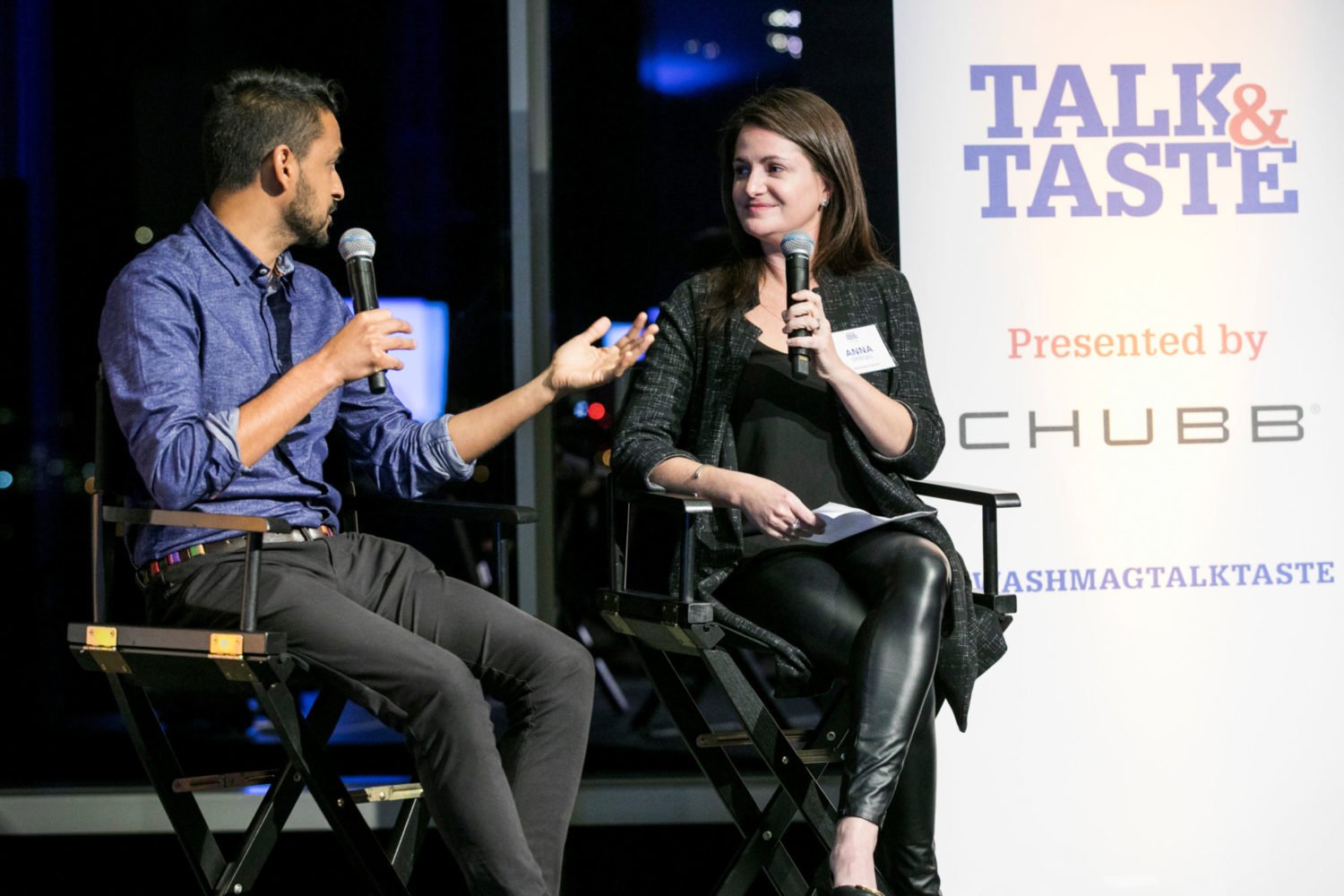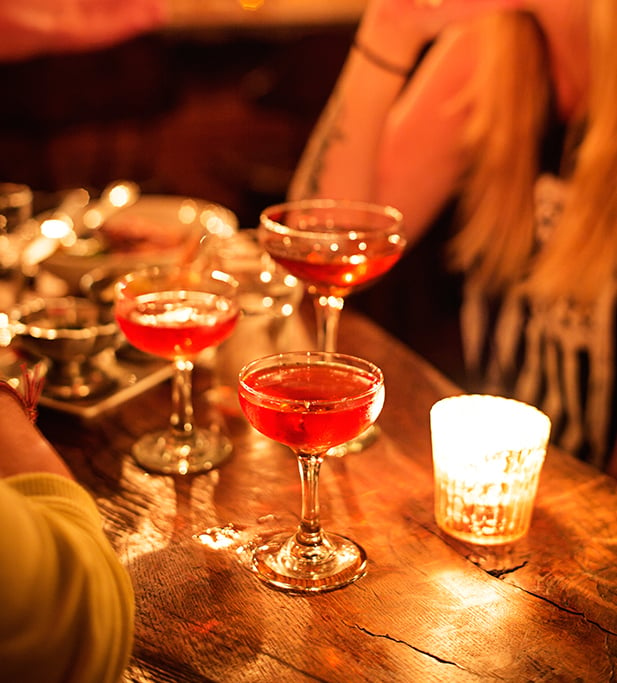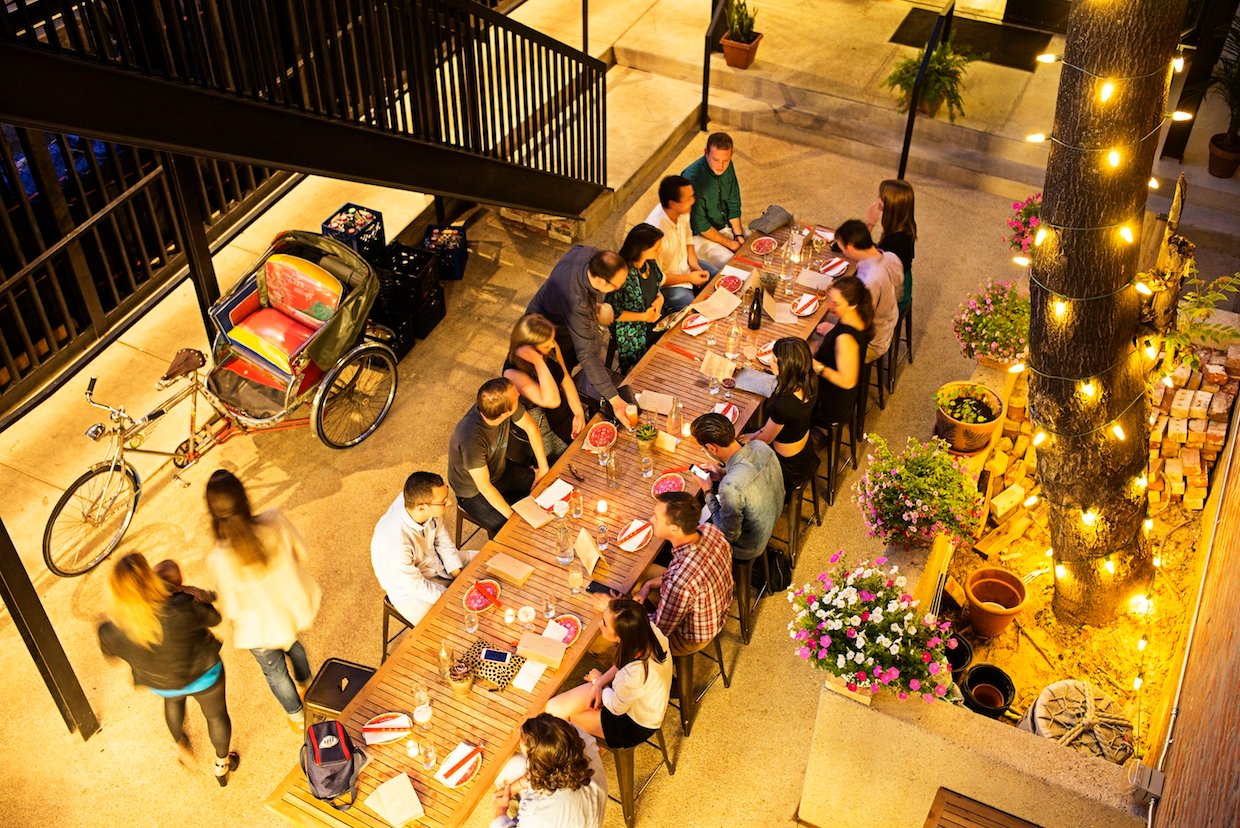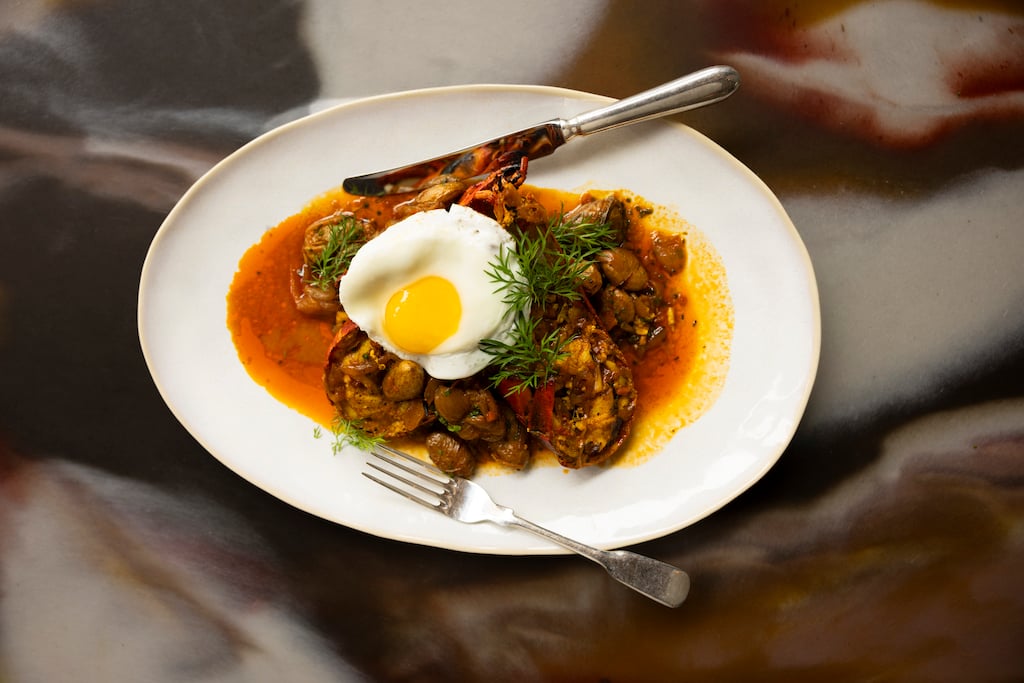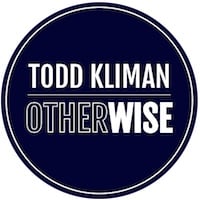
Thoughts on seeing the Stanley Whitney show “Dance the Orange” at the Studio Museum in Harlem:
1. First thought: my God, are they ugly.
2. I have to admit, it was my second thought, too. Ugly, ugly; a roomful of ugly pictures.
3. My third thought was to wonder what Whitney himself might make of that. Having spent more than an hour last week in the company of his latest works, my guess, my hope, is that it would kind of thrill him.
4. Whitney’s current series dates to the mid-’90s and consists primarily of large, oil-on-linen works that appear, at least initially, to be variations on grid paintings, with three or four rows of colored blocks per picture.
5. Coming closer to inspect, you see that the blocks are not of equal size or evenness, that some are painted roughly while others are treated to lush build-ups of paint. The impression, again, initially, is of an almost naive simplicity–of an artist going back to basics, in this case quite literally: these are nursery pictures.
6. Picasso once said that it was his greatest desire to see the world with the uncorrupted eyes of a child. Much has been made of this remark; what often is left out is that he wished to retain the technical skill of an older man to render this pure, fresh vision. This is the animating tension in his best work, and it is also part of what makes the Whitney show so engrossing.
7. The pictures don’t aim for beauty, or, to say it more precisely, they don’t aim for beauty in obvious or conventional ways–in other words, with symmetry, with a sinuous and flowing line, and especially, with a harmonious arrangement of color.
8. Color is not just an element in this series; it is, in many respects, the element, both mode and subject.
9. To put a block of orange alongside a block of yellow, for instance, as Whitney does in Lightnin (2009), is to change the way we see the two colors. Orange and yellow enter a relationship, a dependent relationship. What they are, or might have been, outside the painting–the values they possess, their various meanings–does not matter. All that matters is what they are within it. Within it, where orange is yellowed and yellow is oranged.
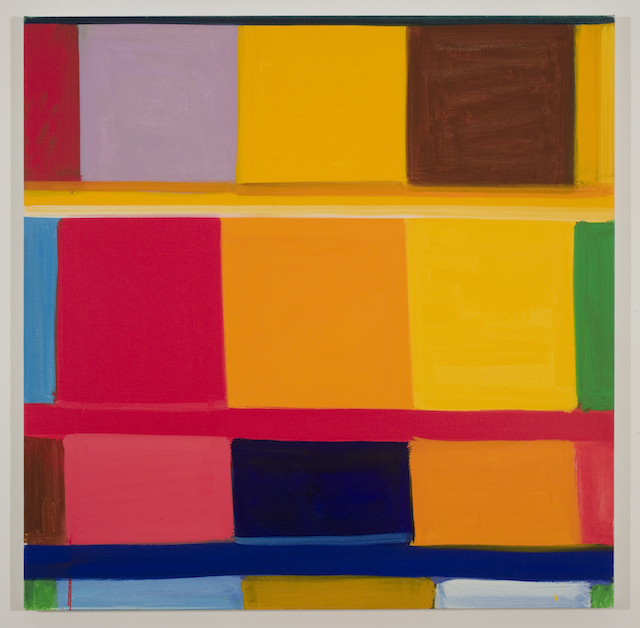
10. Am I looking at blocks or am I looking at units made up of blocks?
11. Stacked blocks, one on top of another, in the manner of a toddler at play: this was my first, considered impression, after working past my knee-jerk response that the pictures were ugly, and after being dazzled by color. Whitney himself has said that this is how he works, by laying down one block of paint at a time, working from the upper left of the canvas and moving inexorably toward the lower right. But we should not confuse method with intention. The logical, orderly approach composition does not mean that he has composed something logical and orderly.
12. I began to see units, to think units.
13. In which case the relationship of orange to yellow and yellow to orange is one unit in a painting made up of dozens of such units–atop the block of orange is a paler orange, and below it is black, and atop the yellow is brown, and below it is orange, and so on.
14. It is the units, the relationship of one to another, and the various multiplications created by stacking rows upon rows–the way a green can be grayed and pinked and blacked–that give the paintings their peculiar vibration.
15. Peculiar vibration: this seems to come a lot closer to what Whitney is up to in these pictures, his aim and his meaning, than the phrase “color field painting.” Nearly every unit is a marriage of two colors that don’t get along. Two colors that together make ugliness. The tendency recurs so often in Whitney’s pictures that it is not happenstance; it is his design to thwart expectation and bring together the unwanted, the uncomplementary, the unharmonious.
16. The eye should be repelled. Green with gray, pink with yellow, black with aqua. So why is it not? Why do the pictures not only not make me turn against them but, in fact, draw me to them over and over again?
17. For one thing, the explosion of color on the stark white walls. The initial impression was of ugliness, yes, but it was undeniable that it was colorful and vivid. And vivid color stirs us. It elicits a response.
18. It is hard to be neutral or passive in the face of colorful color.
19. I recently spoke with a noted interior designer who favors muted colors for his celebrated public spaces. Soft, pale blues that lean toward slate. Pastel greens, but so leached of color they almost seem like a more intense form of white. His favorite color to use is gray, and he employs it liberally. In some of these spaces, the eye does not even register color. Bold color, the designer told me, makes him think of cheap lipstick. In other words, it is declassé. Pale colors, neutral colors, he suggested, speak in the code of the upper middle-class: refinement, elegance, cleanness.
20. I think the black American Whitney must know this, and I think he works both with it and against it. He refuses this upper middle-class palette, in the same way that the director Sean Baker refuses it in his new film, Tangerine, an exploration of the lives of two friends, black transgender prostitutes in LA, that is at times so color-saturated as to be almost overexposed. Color in this film is a character, and it is just as forceful and raw as all the other characters.
21. If bold, unsubtle color is akin to cheap lipstick, then Whitney’s hues are those of the trashiest whore. He forces all these colors together against their will, and lets them rub up against one another until they vibrate wildly.
22. Not ugliness. Garishness.
23. Years ago, when Arsenio Hall had his talk show, the host’s vibrant set was a subject of pop cultural conversation. Its brash and fearlessness explosion of reds, blues, oranges, and purples was a pointed contrast to the good, gray tone of Johnny Carson’s set. And all dark expressions; not a pastel among them. These were colors and intensities that had been focus-grouped; it turns out that they scored most strongly with young people and black people, the target audience of the show.
24. “Grids” is the shorthand favored by many critics who look at Whitney’s pictures, and at first glance it makes sense: here are the blocks, the rows, the lines. But the more you look at them, the more the word breaks down. A city grid, for instance, is a formal expression of order, with each part mirroring the whole and imposing logic on what otherwise would be an unruly patch of land. If Whitney’s pictures are grids, they are illogical, unstable grids, grids where the parts do not mirror the whole; the parts, here, are the whole. Each part is distinct and autonomous, a world unto itself, and at the same time each part changes the next part.
25. We are far, far from the cool logic of Mondrian, the quintessential artist of the grid. There, the lines are clean and rigid; here, they wobble. There, the forms are regular and often repeat themselves; here, they are irregular, either too big or too small for their row, and rarely repeat. Whitney’s grids always seem on the verge of collapsing of their own weight. The picture frame sometimes cuts them off.
26. About those lines. Yet another part of what jars about these pictures is that we are conditioned by the worlds of business, tech, and design to not see color in the space between constituent parts–to see, in other words, an absence of color; that is, to see white. In her review of the exhibit, the New York Times’s Roberta Smith drew a connection between Whitney and Bob Thompson and Jacob Lawrence, as “advocates of bright, opaque color, who rarely use white.” There are a handful of small black-and-white pieces in the show, but white (at least, a pure, unmixed white) is notably absent from the large paintings that dominate the space. Many artists have evinced strong preference for certain colors and even stronger disdain for others (Mondrian hated green, and refused to paint with it), but Whitney’s seeming sidestepping of the color–a color, in art, said to contain all colors–can be read with philosophical and, possibly, political intent.
27.There is, however, black–a color that, in art, is regarded as the absence of color.
28. It is in the lines separating the rows of these pictures that the absence of white is most conspicuous. In Dance the Orange (2013), the lines are black, light-orange, dark-orange, and red. Not only does that strip of orange alter, say, the way we take in the yellow block in the row above it, and the orange block right next to the yellow block–not only does it heighten the vibrations of the orange-yellow unit–but it also provides no rest for the eye. There is no chance to separate one block from another, or to see them as distinct from one another. There is only color.
29. If a painting is a world, then the world of these canvasses is a world so suffused by color that color ceases to be what we notice; what we notice is its absence, which feels strange.
30. Just as scrutiny of the works at close range had given me a new angle on them, as I lingered on the individual elements and learned to see what Whitney was saying and how he was saying it, now I made myself step away, drawing back 15, 20 feet from the pictures to recapture the sense I had of the room when I first walked in. I didn’t see garishness, now–now that I had given these color-soaked paintings time to work on me. The astonishing thing was that I did not even see color. Or, not as I had at first–an array of colors, one on top of another. I did not, now, see color in a way that separated one from the other. Each color seemed to be a dimension of the other, a different value or expression.
31. This was not the only astonishment. Not seeing color as I had initially, as discrete blocks, one next to another, forming a sequence, I was liberated to see movement. The blocks animated one another. The canvases pulsed.
32. Not a smooth and sinuous rhythm, but a rhythm all the same. Whitney has cited the jazz composer/saxophonist Ornette Coleman and James Brown, honored here with the painting james brown sacrifice to apollo (2008), as inspirations. The musical artist these pictures call to mind, for me, is the pianist Thelonious Monk. It’s Monk’s method to begin a familiar tune in a familiar way and then, after locking in the listener, to strike the wrong key on the piano, leaving the sourness to linger on the air for a resonant second before returning to the melody. Only the melody he returns to, now, is not quite the same as before. It’s been altered by that sour note. And it becomes even more not quite the same as he hits another wrong note, and then another, the wrong notes coming closer together, like a pregnant mother’s contractions, until eventually the listener is forced to reckon with the fact that the tune he knows, the tune he thinks he is hearing, is not the tune Monk is playing; Monk is playing Monk’s tune. Every tune Monk plays is Monk’s tune, bent and refashioned according to the dictates of his idiosyncratic, restless mind. The wrong notes cease to sound like wrong notes. The right notes begin to sound odd. The warping becomes beautiful.
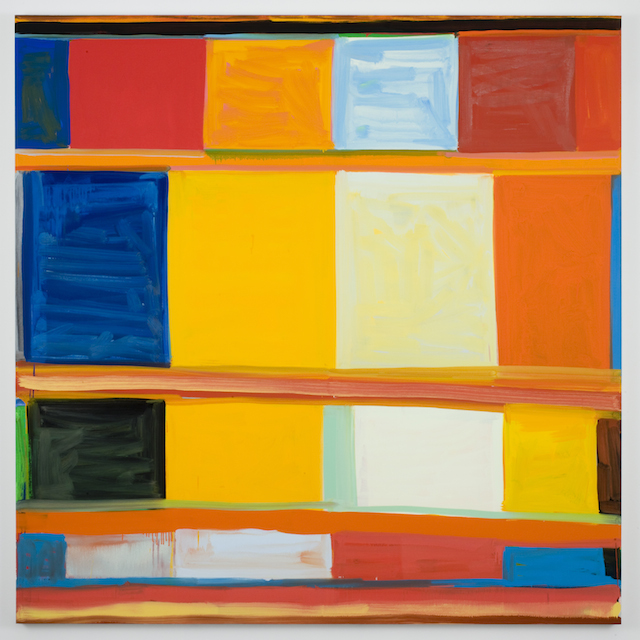
33. And wait, what was this? Something altogether expected. I stepped back further, squinting hard at the pictures in the room, and saw it: light. The very thing the landscape painters of the 18th and 19th centuries so longed to convey in their tableaux. Light, with its religious overtones, its evocation of hope and relief. It’s there in Dance the Orange, a cascading illumination that takes the eye from the top of the picture to the bottom: light descending a staircase. It’s there in james brown sacrifice to apollo, a brilliant, syncopated dance right down the center of the picture. It’s even there in The Blue (2012), a painting that had perplexed me initially in its insistent un-beauty, its strange forced mingling of blacks and blues and dark greens and reds. Yes, even here, Whitney seems to be saying, with his careful situtation of a bright block of light blue; even here, there is light.
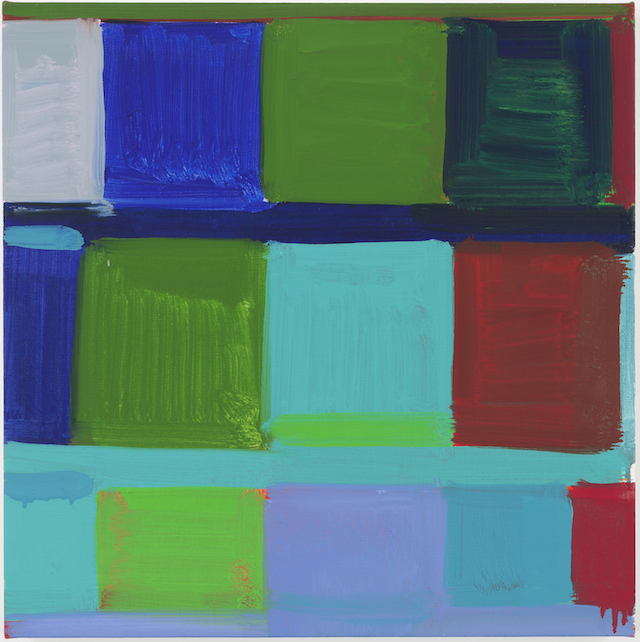
34. Critics often talk about what a work does, its effect on the viewer, how and why the artist’s way with color, form, shape, line, movement elicits a response in us. What about what a work, or works, do simply because they exist in a quiet room with ample, resonant space between them?
35. Walking among Whitney’s pictures for more than an hour, I did something, or rather did not do something, I now take for granted, something that has become dismayingly habitual: I did not consult my cell phone once. I had put the thing to sleep, so there was no dinging to alert me to a message coming in. There were no other phones going off from other museum-goers to distract me. One hour: it felt like two.
36. The tyranny of the screen–in our living rooms, our bars and restaurants, our office elevators, our desks at work, our hands on the subway, the hands of our friends at dinner–is relentless, inescapable, exhausting. Something is always happening, something always needs consulting, someone is always in contact. There are several routes of escape from the jangly twitch induced by a web-based life. You can go for a long walk in the woods, which is not always easy when you live in the city and have responsibilities that occupy you from morning until night. You can go to bed early, presumably having silenced the phone before hitting the pillow. Or you can slip into an exhibit at a gallery or museum. At a certain point, as I wandered the two rooms that housed the Whitney show, both my mind and heart, I noticed, had slowed. The paintings had slowed them. As viewers, we are so often focused on what to take from a work. So often focused on extracting meaning. As I took from Whitney’s pictures, they took from me. They took from me my scatteredness. They imposed their stillness.
37. Two hundred years ago, a hundred years ago, perhaps even 50 years ago, a museumgoer would have taken this for granted. This is what art is. What art does. What art always has done. The effect, now, however, is so much more profound than it ever was–more profound even, perhaps, than 10, 15 years ago.
38. A still picture–a painting–a one-dimensional object–is not less powerful or meaningful because of the fast and frenzied age in which it exists; paradoxically, it is more powerful and meaningful.
39. Because it refuses. Because it resists the noise. Because it says no to the purely logical and the depressingly literal and the rationally orderly. Because it retains its mystery, its hard and stubborn mystery, even after all the attempts to reduce it to words and definitions and theories.
40. This is beauty.
Otherwise is Washingtonian food critic Todd Kliman’s weekly column. Sometimes it will be about food.

